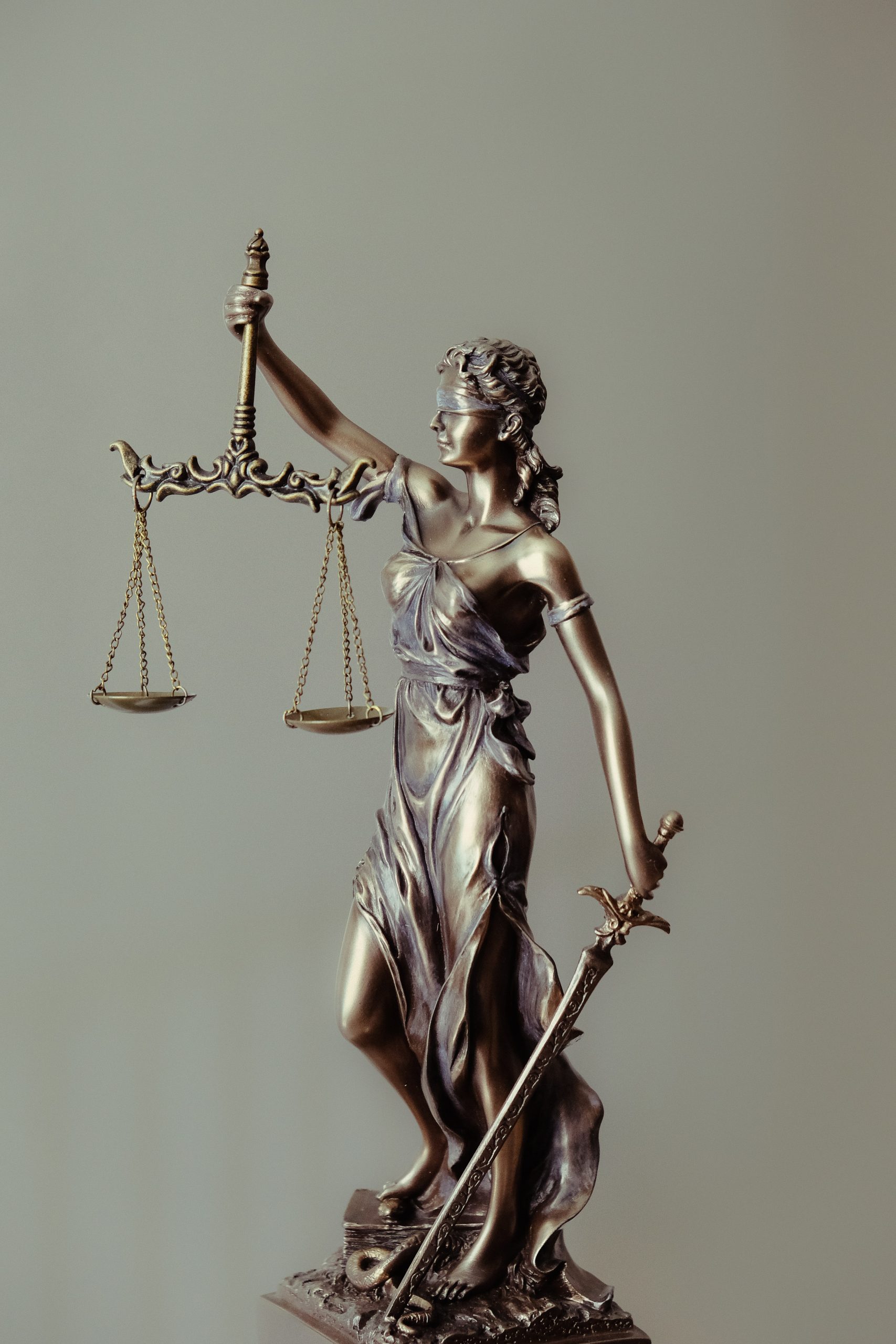
How many child protection investigations should it take to identify one child at risk of significant harm? How many children should be in care to protect one child from serious maltreatment?
There is a saying in law that, “it is better for ten guilty persons to escape than one innocent suffer”. Known as Blackstone’s ratio, this aphorism recognises the inherent relationship between true positives and false positives. To ensure not a single innocent person goes to prison, we would have to stop convicting anyone. To ensure every guilty person goes to prison, we would have to imprison everyone. As neither position is acceptable, we must decide – as a society – what rate of false positives we are prepared to accept, for a given number of true positives.
| Person is guilty | Person is innocent | |
| Person is judged guilty | True positive | False positive |
| Person is judged not-guilty | False negative | True negative |
In the context of child and family social work, the more abused children we identify, the more families will undergo child protection investigations. The more children we keep from being seriously maltreated, the more children will be in care. Even though these judgements involve practical-moral considerations we cannot side-step the issue. After all, judgements made in the criminal courts are also practical-moral.
Of course, the ‘easy’ answer is that as a society and a profession we must strive to reduce the overall prevalence of abuse and minimise false positive and negative errors. In reality, we can never eliminate child maltreatment entirely. As such, we have a decision to make – how many false positives (or false negatives) are we prepared to tolerate?
We asked 75 social workers and students in England and Wales what they thought. Quite a few (n=23) said the ratio should be 1:1 – in other words, that social workers should achieve perfect accuracy. Others (n=12) said we should accept 1000+ child protection investigations to identify one child at risk of significant harm. Recent figures indicate there are more than 50,000 child protection plans in England, and nearly 3,000 children on the child protection register in Wales. A ratio of 1000:1 would thus permit every child in the entire country to undergo at least 3 child protection investigations per year. I suspect these responses – of 1 or 1,000 – were not really calculated by the respondents in terms of their implications but were meant to indicate either i) that we should accept no ‘unnecessary’ investigations or children in care or ii) that we should accept no upper limit in our efforts to protect abused children.
Whatever choice we make about the threshold for child protection investigations, or taking a child into care, someone, somewhere must endure the consequences. When an innocent person goes to prison, they suffer injustice. When a guilty person goes free, their victim, and wider society, suffers injustice. It is no simple task to weigh up these different injustices and find the ‘correct’ threshold. The best method we have is democratic debate and policymaking. To have that debate requires us to be explicit about the extent of injustice we are prepared to accept, and on whose behalf.

